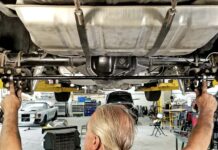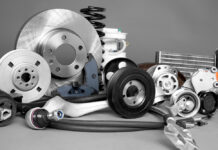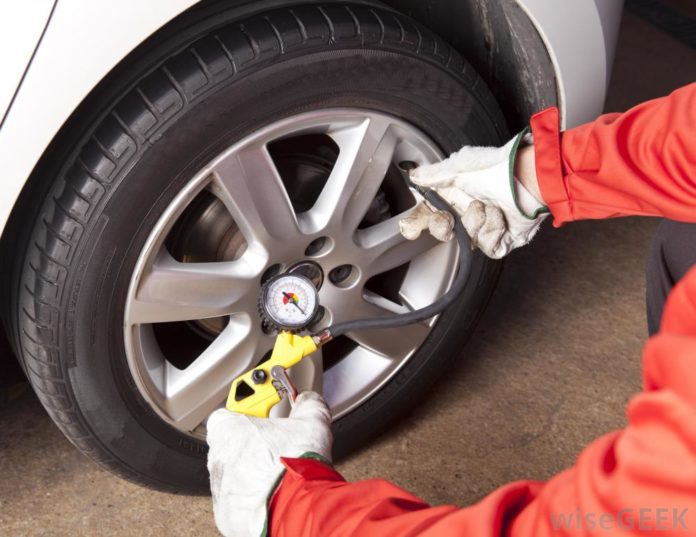
When the season’s change and the weather get colder, the roads can become wet, slippery or even sometimes frozen. During these times driving can be very dangerous, especially if you don’t have the right tires or if they not properly pressurized. Did you know that too much pressure can actually be more dangerous than a flat tire? Although, that does not mean that you should risk it and drive with low pressure either.
A lot of people do not realize that caring for your tires should be a common practice and that everyone should know how to do so. You can’t expect that someone else will be filling your tires throughout your entire life. So, to help you realize why maintaining the right pressure of your tires is so important and to teach you how to do so, make sure you read this guide for 2024 until the end.
You could prevent a flat

Believe it or not, but maintain the right pressure on your tires can actually increase their lifespan. When they are underinflated they can easily be pierced or torn when driving at high speeds. If they are overinflated, the chances of them bursting is even hiring. You could damage them just by driving over a small rock on the road.
So, if you do not want to deal with a flat tire in the middle of the road, make sure you create a habit of a regular inspection.
Less road contact if overinflated
Another big problem with overinflated tires is that you have a lot less contact between the rubber and the road. This reduces the car’s ability to handle strong curves and drive at high speeds.
Every tire has its own unique pattern on the rubber which is done by the manufacturers to increase the strength of the grip on the road. When it is overinflated, the center of the rubber will do most of the gripping. This means that all the pressure from the weight of the vehicle and friction from driving will be forced in the middle of the rubber. This will increase its degradation and the tire will be ruined in no time. You don’t want to spend another two or three hundred dollars again for another set of wheels for your vehicle, right?
Worse Fuel Economy if underinflated

When a tire has low pressurization it starts losing its form. It sort of droops on the sides and a bigger surface area of the rubber gets into contact with the asphalt. Not only will the responsiveness and handling of your car be worse, but it will also drag out more. Every time you press on the gas pedal, you’ll feel like it is a lot sluggish than you are used to. The more you press on the gas pedal, the worse your fuel economy.
Reduced lifespan
To put it simply, the more you care about your wheels, maintain its air pressure, checking them once every few weeks and exchanging them between seasons with summer and winter tires, you will increase their lifespan by a lot. If you fail to do so, their lifespan may be reduced by more than 30%.
Useful Tips
Now that you understand the main reasons why you should properly take care of your wheels, here are some useful tips we can give you.
Get a TPMS
A Tire Pressure Monitoring System is something that every old or new vehicle should have. By using advanced sensors, they can easily track the exact amount of PSI in your wheels. Keep in mind, there are several different sensors and ways of reading the PSI. If you want to know more about TPMS or if you want it to be adjusted, you can check out racemeofficial.com. RaceMe Ultra has now a TPMS feature to adjust tire pressure to get rid of the warning messages by selecting a different PSI threshold.
How do I know what is my car’s preferred pressurization?
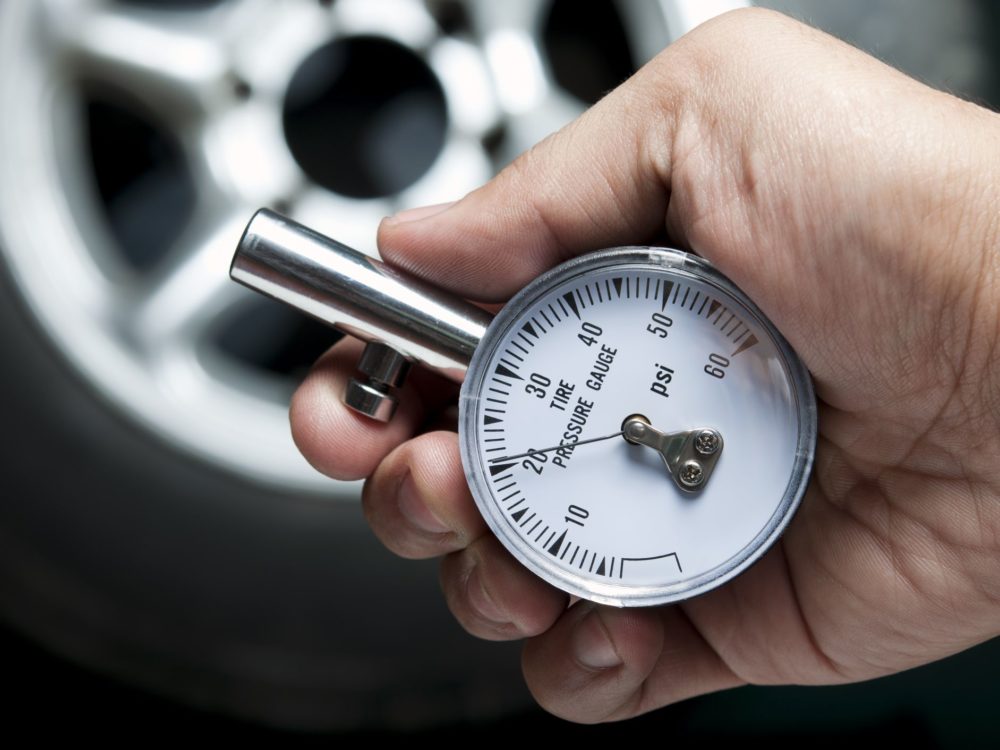
Before you start blasting air inside of your tires, you should first know at which PSI they should be, right? This is something not a lot of people, but you can easily check such information at the side of your driver’s door. Open up the driver’s door and look at the side, next to the seatbelt.
If you do not see any labels here with this kind of information then the only other place you are left to check is inside of the glove compartment. Open up the compartment and check on the top whether there is a label.
You also have the option of checking your car’s manual, if you still have it.
Check it monthly or at least once bi-weekly
There really isn’t any scientific proof about how much PSI you are losing throughout a month. It could be 0 or it could be enough for the wheel to be considered flat. Keep in mind that during colder seasons such as autumn and winter, they can deflate even faster. So, instead of relying on your yearly service and your mechanic, you should build the habit of checking the pressure at least once a month, but it is preferable that you check it one or two times bi-weekly.
Inspect them carefully before you go on the road
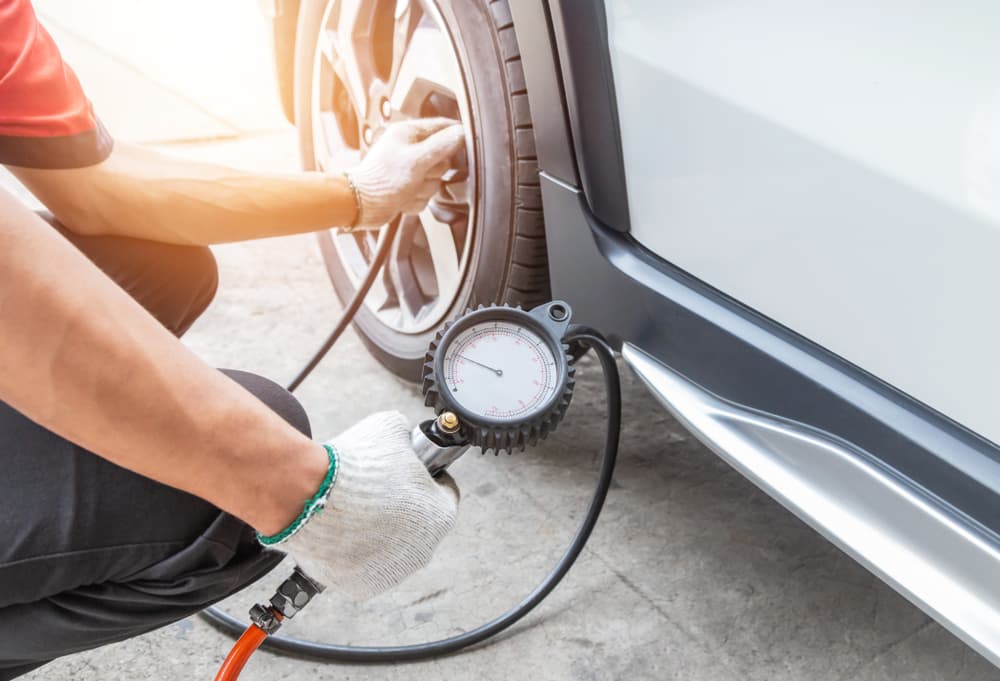
When you plan a long drive for a vacation or when going on a business trip, make sure that you inspect your tires very carefully. It is not always just about their PSI levels, but their grooves, whether there’s glass or nails stuck in it, or whatever it is that might be dangerous. If you see that a nail has punctured it, do not try to remove it because you might cause a lot more damage than a mechanic would.
Replace them early
If you feel like the life of your tires is coming to an end, don’t wait any longer and replace them as soon as possible. Worn set of wheels can be very dangerous, especially if you are going on long drives. In order to find the right tires, you need to know their exact size. Also, different tires are suitable for different car models, you can find information about this on the site cararac.com.

